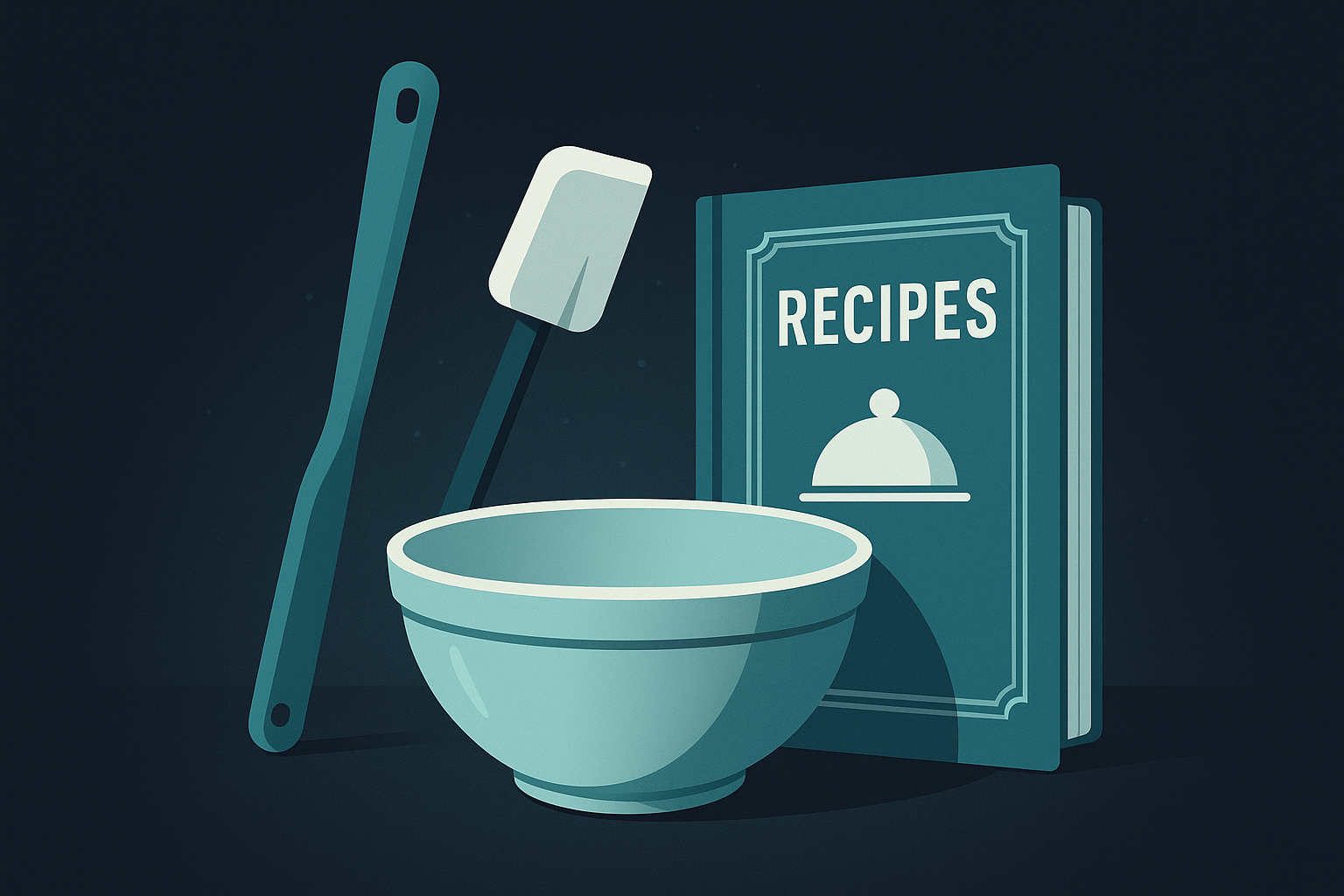Kitchen Tools, AI, and the Art of the Rubber Scraper
Let’s talk about a kitchen tool you’ve used, or at least ignored, a thousand times: the humble rubber scraper. Yes, the one at the bottom of the drawer, next to the whisk that tangles itself for sport. Why on earth would this warrant a blog post on an AI and ecommerce podcast site? Because, as rubber scraper history shows, even the simplest tools can change how we work, think, and create—especially when they’re misunderstood and underestimated.
The Rubber Scraper: A Lesson in Incremental Transformation
Imagine baking without a scraper. That precious last bit of cake batter sticking stubbornly to the bowl isn’t just wasteful; it’s a missed opportunity. The rubber scraper, with its flexible edge, bridges the gap between what could be used and what usually gets tossed. It’s a tool born from the desire to avoid waste and maximize every effort. Not grand, not glamorous—but quietly transformative.
The rubber scraper story is one of quiet evolution: from early versions in the 1920s (made from actual rubber, imagine the smell) to modern silicone marvels that withstand heat and dishwasher tantrums. Its job hasn’t changed—what’s shifted is our realization of how much value lives in the margins.
From Kitchens to Code: Why Margins Matter
Let’s drag this metaphor into the AI workspace, shall we? Most people see AI as something that swoops in and automates everything, leaving us free to sip coffee and debate whether sentient robots dream of electric sheep. But the real transformation—just like the scraper—happens in the margins. AI picks up the stuff we used to leave behind. The leftovers. The inefficiencies. The repetitive, sticky bits of our workflow that we tolerated because, well, scraping them out seemed like too much effort.
AI tools, when wielded with intention, are the scrapers of the digital world. They don’t replace the spoon, the whisk, or the chef. They’re not the hero of the story—they’re the sidekick that makes sure every last drop of value gets used. And, like the scraper, they work best when we actually use them, not when they’re left rattling at the bottom of the drawer.
Entrepreneurial Takeaways: Don’t Ignore the Quiet Tools
Podcasters, marketers, and entrepreneurs are often chasing the next big thing—the flashy gadget, the viral platform, the AI that promises to write sonnets and close deals. But, as the history of the rubber scraper demonstrates, the most profound changes are often incremental. They’re about finding overlooked value, refining existing processes, and squeezing more out of what you already have.
That’s not the stuff of headlines, but it’s the stuff of sustainable growth. The rubber scraper didn’t invent baking—it made it better. AI isn’t reinventing your business (or your podcast)—but it can help you capture the value you’re missing at the margins. The magic happens when you stop viewing tools as replacements and start seeing them as amplifiers.
Actionable Recommendations: Scrape the Bowl, Digitally
- Audit Your Workflow: Identify the “sticky residue”—those repetitive tasks or small inefficiencies that add up. Where are you losing time or value?
- Experiment with AI Tools: Start small. Use AI to handle the digital equivalent of batter in the bowl: editing transcripts, summarizing episodes, or automating show notes.
- Stay Curious About the Mundane: Don’t just chase big trends. Sometimes, the most transformative shift comes from improving simple, overlooked processes.
- Revisit Your Toolkit: What’s your business’s “rubber scraper”? Is there a tool, digital or analog, you’re underutilizing because it seems too basic?
- Iterate, Don’t Overhaul: Real change is usually cumulative. Scrape out the small inefficiencies first—then see how much more you can create with what you already have.
So next time you’re in the kitchen—or the studio, or the Zoom room—pause before you toss out the last bit. Sometimes, the simplest tools hold the biggest lessons.
Checkout ProductScope AI’s Studio (and get 200 free studio credits)

